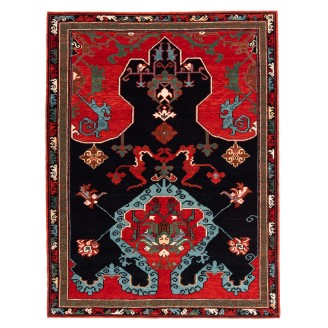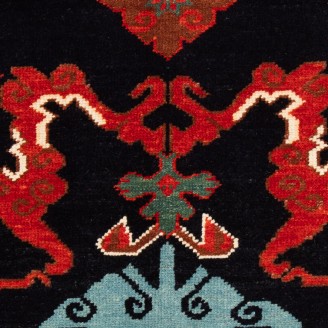The Bode-Angeli Niche with Cloudbands Rug
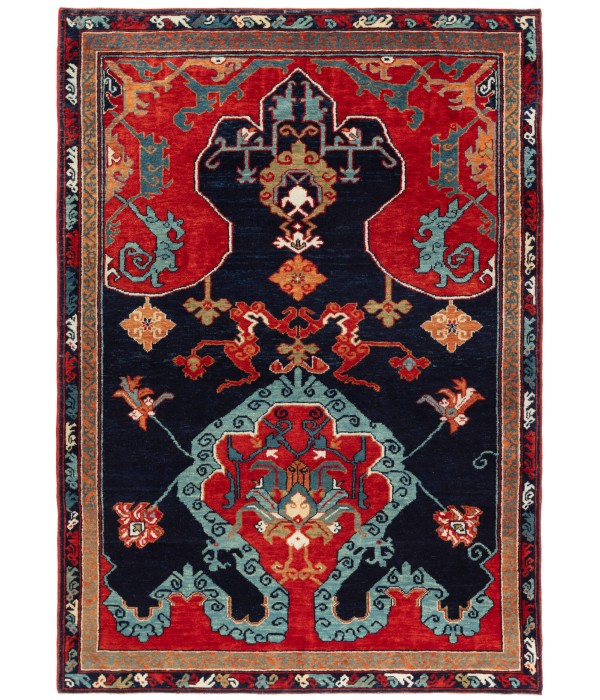
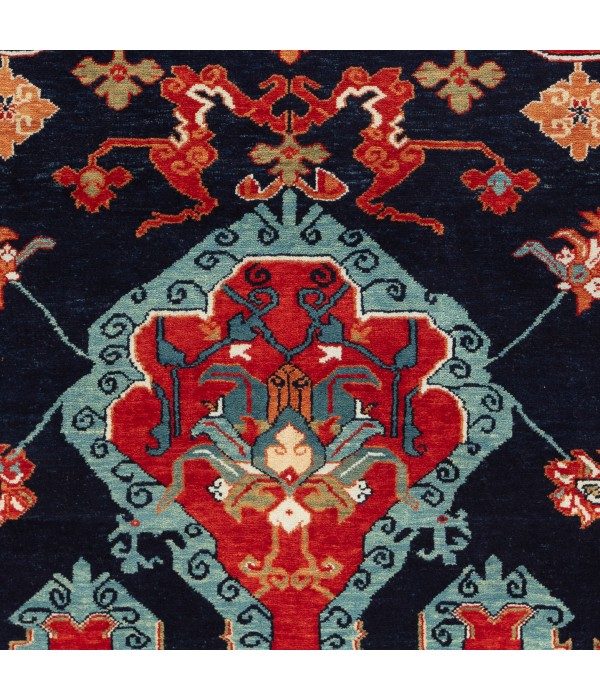
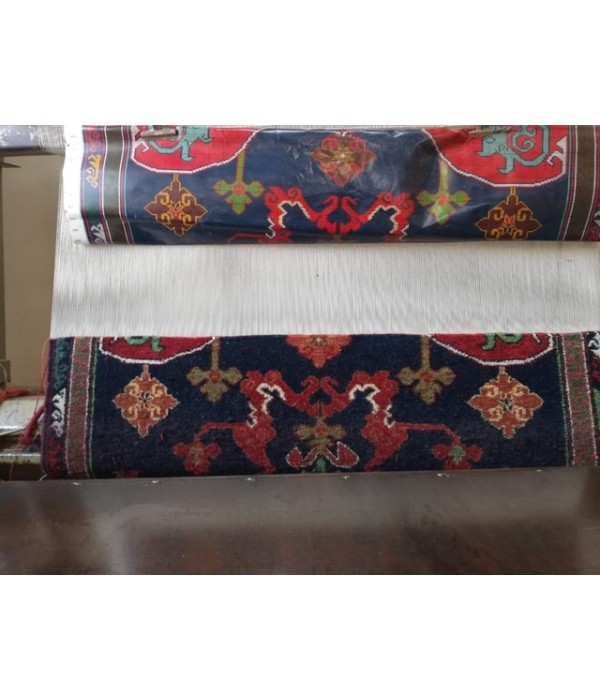
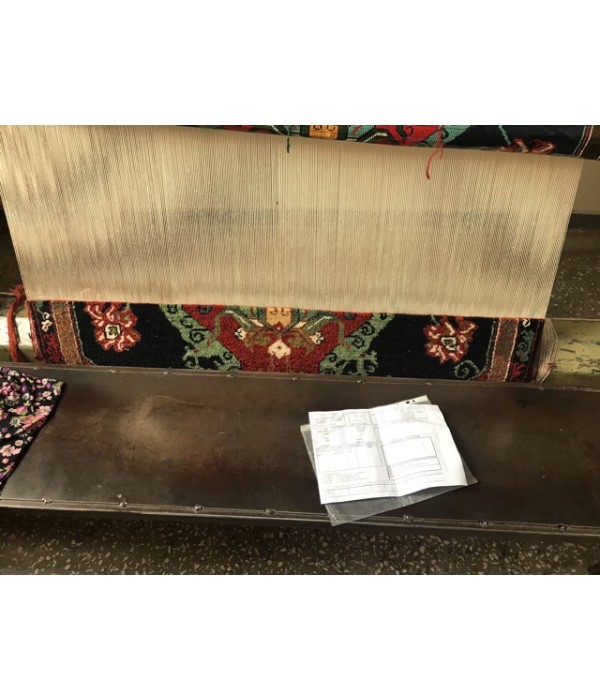
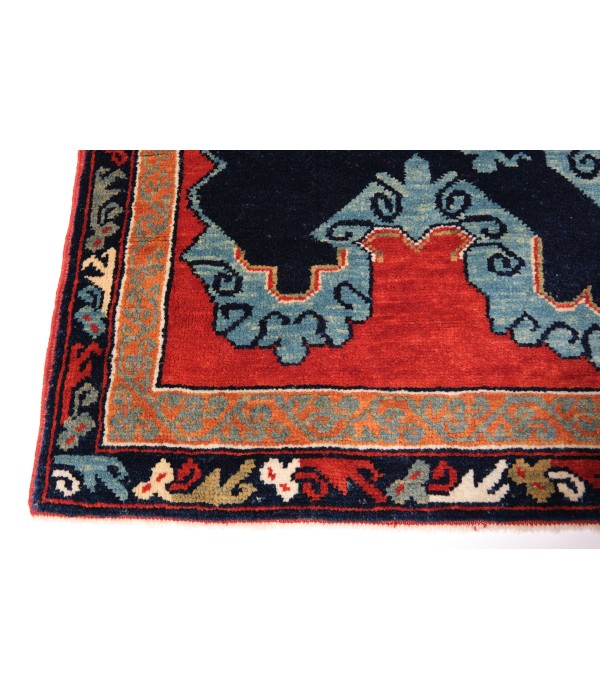
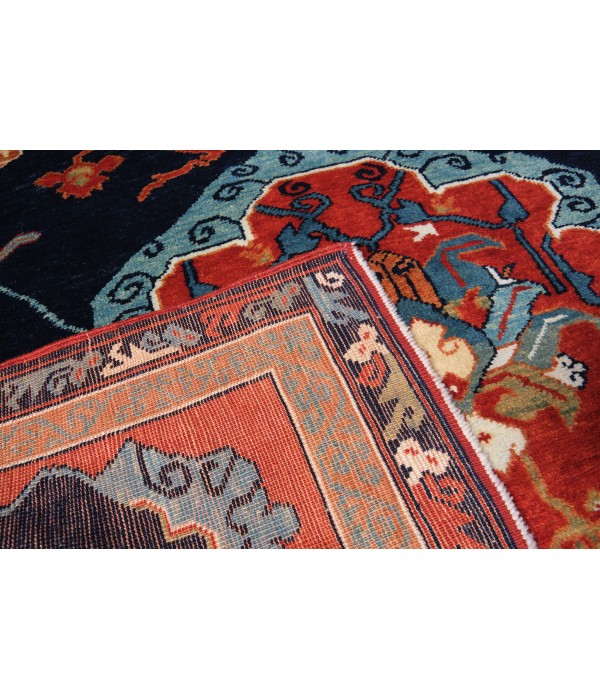
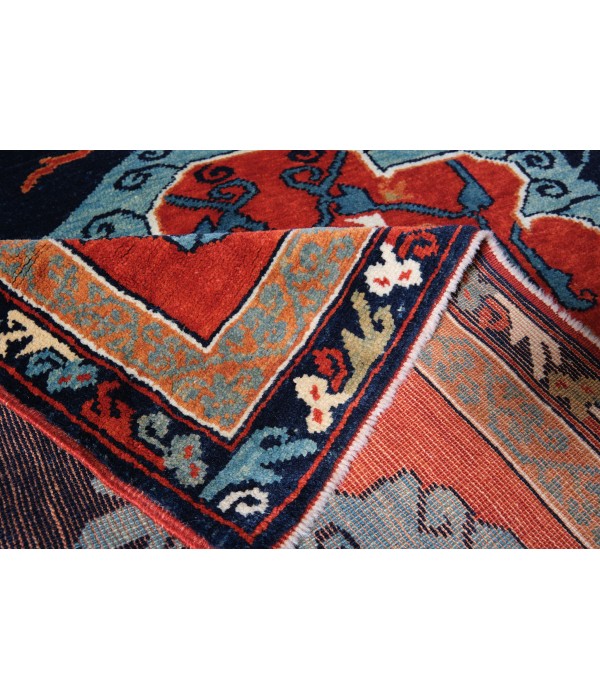
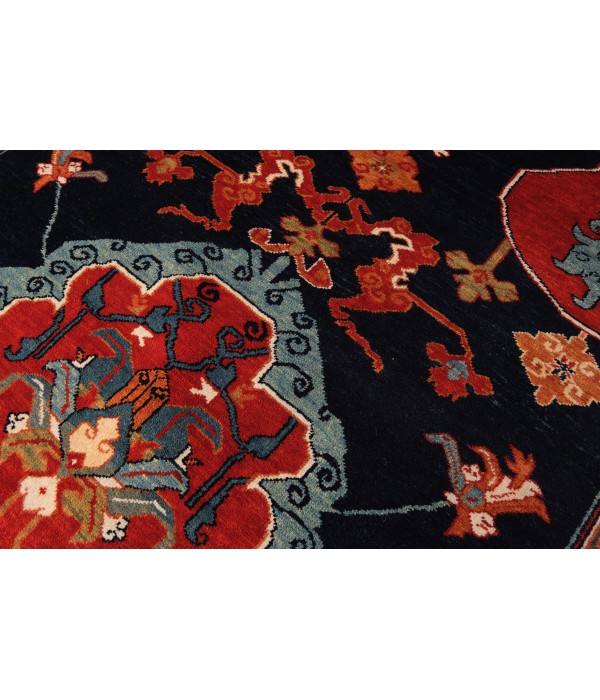
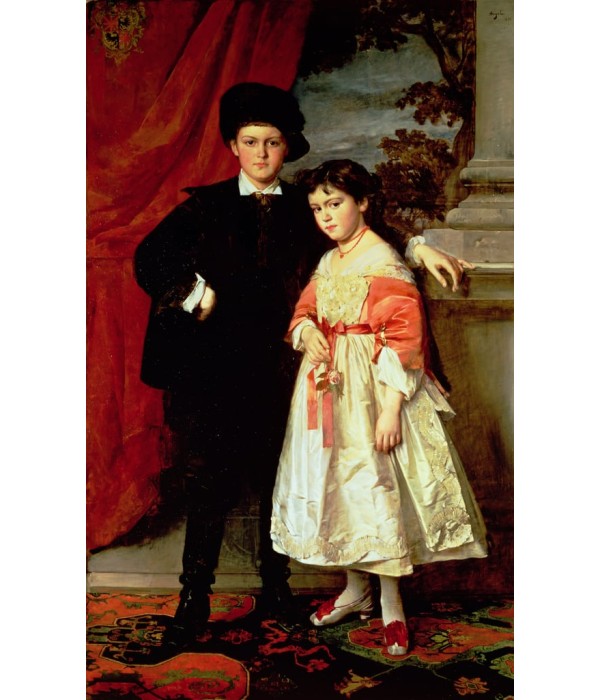
New
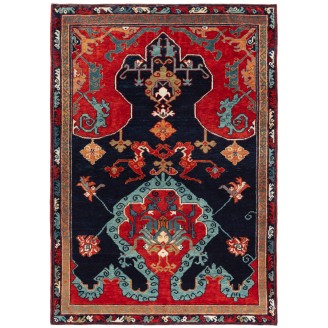
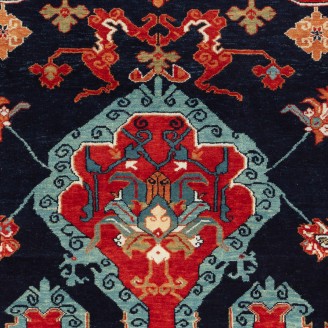
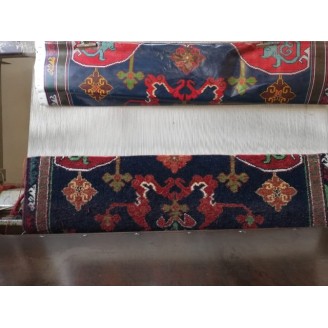
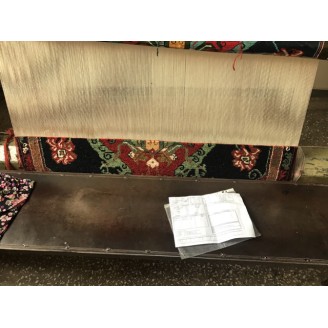
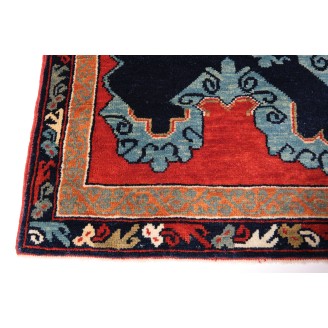
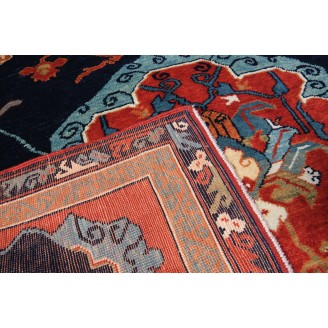
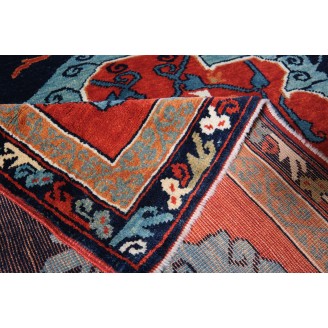
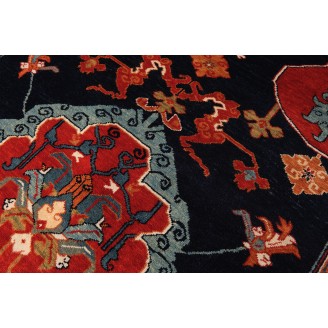
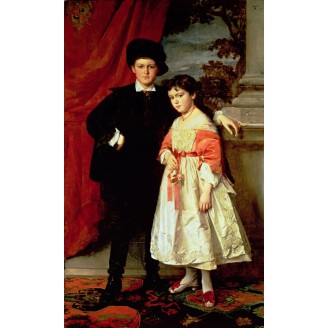
Model: ART00248The Bode-Angeli Niche with Cloudbands Rug
Group: Anatolian Rugs Family
Area: Ushak region
Material of Pile: Natural Dyed Hand-spun Wool
Material Warp / Weft: Wool on Wool
Structure: Symmetrical knot on slightly depressed warp inclining to the right
Knots Density: 29x36
Pile (mm): 7
Production Place: Southeastern Anatolia – Adiyaman Province -Gerger
Location: Tokyo
Stock: In Stock
Dimensions:
The source of the rug comes from the book Orient Stars Collection, Anatolian Tribal Rugs 1050-1750, Michael Franses, Hali Publications Ltd, 2021 fig.189 and Antique Rugs from the Near East, Wilhelm von Bode and Ernst Kühnel, Klinkhardt & Biermann, Berlin 1958, pg.49 and Oriental Rugs, Volume 4 Turkish, Kurt Zipper and Claudia Fritzsche, Antique Collectors' Club, 1989 nr.86. This 15th-century rug is from central Anatolia, circa 1500-1550. It is exhibited at the Museum of Islamic Art, Berlin, inv. no I.24. This rug is among the most famous in the Berlin collection. As early as 1871 it was acquired by Wilhelm von Bode for the painter Heinrich von Angeli, but it was not until 1905 that Bode was able to buy it from his heirs and donate it to the Museum. Von Angeli and some of his colleagues depicted this rug several times. The charm of this rug lies in its depth of color, high, dense pile, and the impressive sheen of the wool. On a dark blue ground, two red-ground spandrels are separated in the form of niches by a strong white line. Unusually, the spandrels blend into each other at their tops. The lower half of the niche field is filled with a light blue cloud band, in whose arc a large blossom forms a fixed point. This cloud band is reminiscent of delimitations in the so-called keyhole or Bellini carpets. Their angular arch forms are often associated with fountains, which were needed for the ritual cleansing before prayer. Because of the Persian appearance of the blossoms, the origin of the cloud band from East Asian cultures, and the use of depressed warps, this rug has occasionally been ascribed to Persia. However, not only the color palette and the reference to the keyhole motif, but also the use of a symmetrical knot, speak in favor of a location in Turkey. The most appropriate colors to match the original is used for this rug.Source: Museum of Islamic Art at the Pergamon Museum
Color summary: 8 colors in total, most used 4 colors are;
Color summary: 8 colors in total, most used 4 colors are;
- Navy Blue 432 (Indigo - Pomegranate)
- Imperial Red 415 (Madder Root)
- Mandarin Orange 529 (Madder Root - Walnut Husk)
- Emerald Green 407 (Chamomile - Indigo)
Dimensions:
4 ft 3 in x 6 ft 0 in ( 131cm x 185cm )
Price:
$2,700
Ex Tax: $2,700

